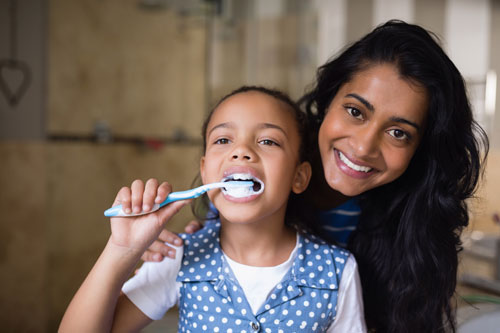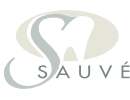Home Care
Dental Services
Dental Services
Oral health starts with you by eating balanced meals, reducing the number of snacks you eat, and correctly using the various dental aids that help control the plaque and bacteria that cause dental disease. Brushing and flossing are of paramount importance to oral hygiene. It is recommended after each meal or at least twice a day to protect you from tooth decay and gum disease caused by plaque. Proper brushing and flossing can enhance the health of the mouth, whiten your smile and prevent serious diseases.
Prevention of Tooth Decay Tooth decay is the destruction of your tooth enamel and is one of the leading causes of tooth loss, and its treatment often requires complex dental procedures. Tooth decay occurs when the acids found in plaque, a sticky film of bacteria, attack the natural enamel found on the teeth. This can easily be prevented by using proper home care methods including brushing, flossing and eating healthy, balanced meals.
Prevention of Periodontal Disease Periodontal disease (also called gum disease) is a serious condition which, without treatment, can destroy the jawbone that supports your teeth. Periodontal disease is usually the result of poor hygiene caused by the toxins found in plaque, and is a serious risk factor for heart and lung diseases. Brushing and flossing at least twice a day is an excellent way to reduce your risk of periodontal problems.
Prevention of Halitosis Bad breath, or halitosis, an unpleasant odor in exhaled breath, is typically caused by old food particles on or between the teeth. Regular brushing and flossing will leave the mouth healthier and breath smelling fresher.
Prevention of Staining Staining or the yellowing of teeth can be caused by a wide variety of factors such as smoking or drinking coffee and tea. Routine dental cleanings, brushing and flossing will aid in preventing the stains from becoming permanent.

The teeth should be brushed at least twice a day, with a flouride toothpaste; ideally in the morning and before bed. Dental professionals recommend the toothbrush is small-headed with soft, rounded bristles and no more than three months old. The head of the brush should be small enough to access all areas of the mouth, including hard-to-reach back teeth, and the bristles should be soft enough so as not to cause irritation or damage to the gum tissue. The American Dental Association (ADA) recommend electric toothbrushes; stating that those with rotating or oscillating heads are more effective than other toothbrushes.
Flossing is a great way to remove plaque from the places where a toothbrush cannot easily reach like under the gumline and between the teeth. Daily flossing is highly recommended as plaque build-up can lead to tooth decay and other serious oral health issues. To get the maximum benefit from flossing, use the proper technique as described below.

Mon – Thurs: 8:30 AM – 5 PM
Fri: 8:30 AM – 1 PM
Sat & Sun: Closed
